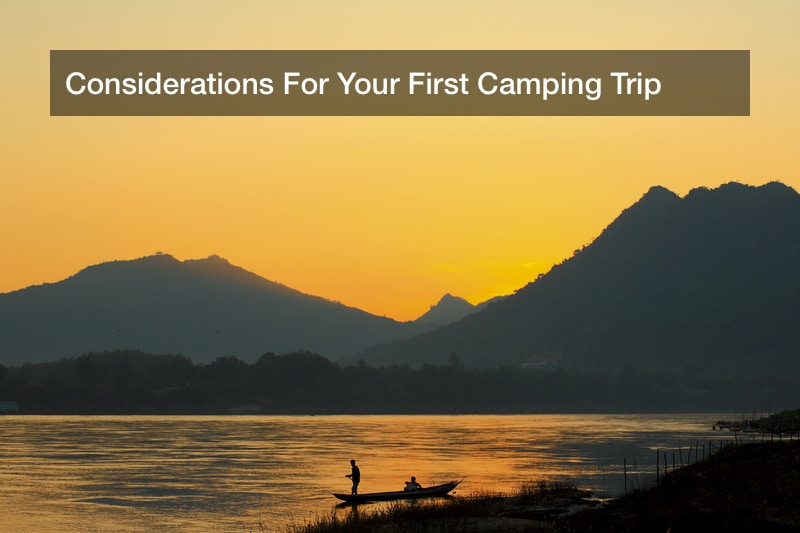
Camping has been a popular activity in the United States for a number of years, and continues to be so among the younger generations of Millennials and Gen X. In fact, Millennials and Gen Xers make up three-quarters of all campers, with Millennials alone accounting for 40%. To go on a camping trip for any extended length of time past an overnight stay, you’ll need something to carry perishable food supplies in, like a hard sided cooler. In fact, there are several types of coolers you can take on a camping trip, and this article will take a look at a few of them.
- Hard Coolers: One type of cooler you can take on a camping trip are hard coolers. Also known as hard sided coolers, these are what most people think of when a cooler is mentioned. They have solid, hard sides, and can come in a variety of sizes. When packed with ice, they can be used to store perishable food supplies or drinks and keep them cold and usable for several days at a time, longer if the ice is regularly replenished. For long camping trips, a large hard cooler is ideal.
- Soft Side Coolers: Another type of cooler you can take on a camping trip are soft side coolers. Unlike hard sided coolers, soft side coolers have flexible sides and a soft lid. They also aren’t generally as large as hard sided coolers, though they also come in a variety of sizes. Some prefer to use soft side coolers because they can be collapsed and folded up while not in use.
- Live Bait Coolers: And finally, a third type of cooler you can take on a camping trip, particularly a fishing trip, are live bait coolers. As the name implies, these are coolers that can be used to store quantities of live bait for a period of time. If you want to go on a long fishing trip, then this is one cooler you’ll need to have with you, since you’ll be able to stay fishing for several days without needing to restock on bait.
In conclusion, there are several different coolers that you can take on a camping trip. These coolers include hard coolers, soft side coolers, and live bait coolers. Which one you pick will largely depend on the type of camping trip you’re going on, and whether or not you plan on doing any fishing while you’re there.
